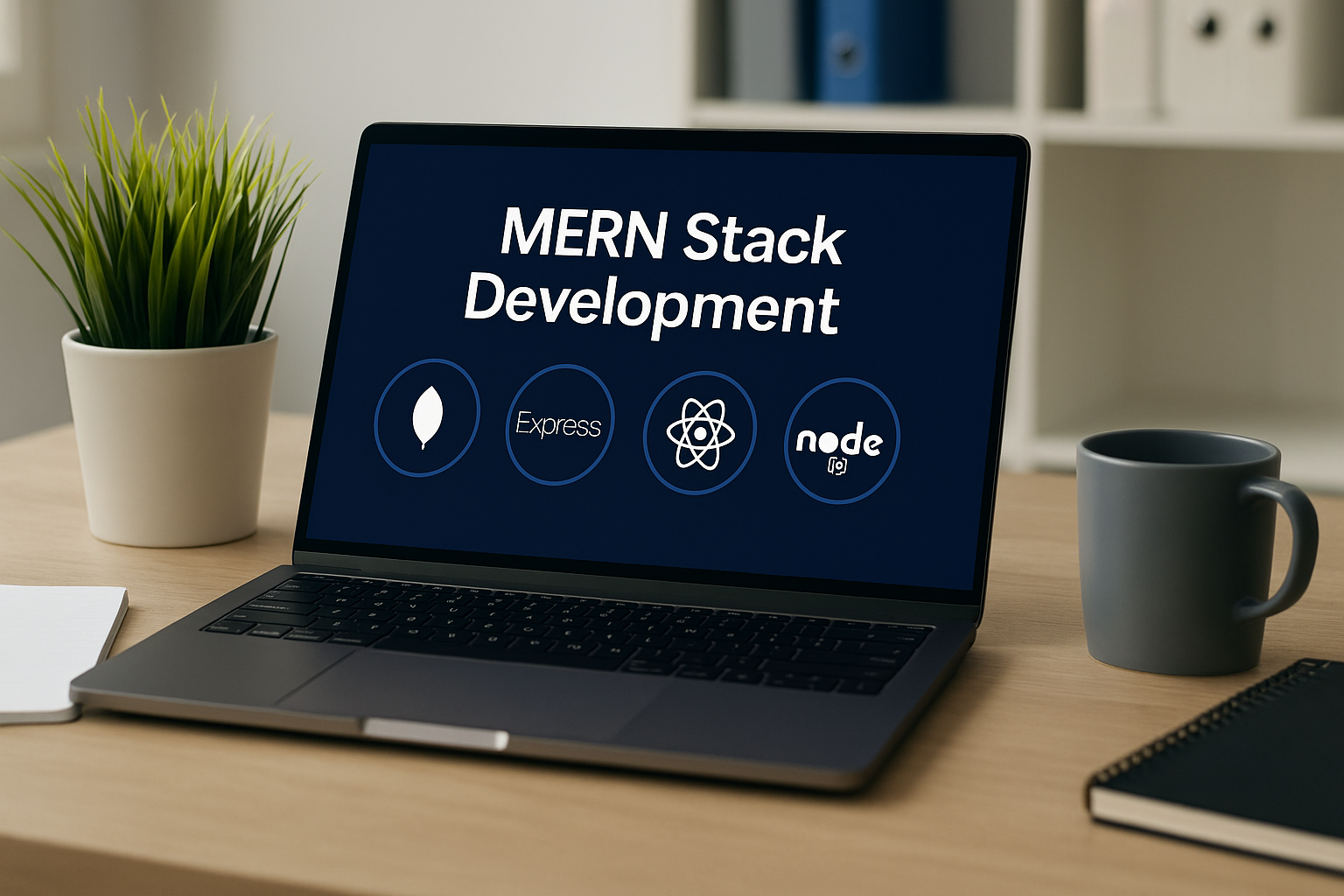Why Enterprises Are Choosing Microservices for Web App Architecture

As web applications grow more complex, enterprises are rethinking how they build and scale their digital platforms. In recent years, microservices architecture has emerged as the preferred solution for building scalable, flexible, and resilient enterprise applications.
This shift isn’t just a trend—it’s a strategic response to the limitations of traditional monolithic architecture. In this blog, we’ll explore why microservices are becoming the default for modern web app development and how they benefit growing businesses.
What Is Microservices Architecture?
Microservices architecture is a method of designing applications as a collection of independently deployable, loosely coupled services. Each microservice handles a specific function—like authentication, payments, or notifications—and communicates with others via APIs.
This is in contrast to monolithic architecture, where the entire application is built as a single, tightly integrated codebase.
Why Enterprises Are Moving to Microservices
1. Scalability That Grows With the Business
In a monolithic system, scaling often requires duplicating the entire application—even if only one part (like search or checkout) needs more resources.
Microservices allow independent scaling, so you can allocate resources only to the services that need them. This improves efficiency and reduces infrastructure costs.
SEO Keywords: scalable backend, cloud-native web apps, microservices scaling
2. Faster Development and Deployment
Microservices enable teams to work on different services simultaneously. This parallel development model:
- Speeds up time-to-market
- Reduces deployment bottlenecks
- Allows quicker iteration and feature releases
Development teams can use different programming languages and tools suited to each service, increasing flexibility.
SEO Keywords: faster product delivery, CI/CD in microservices, agile enterprise software
3. Improved Fault Isolation and System Resilience
In monolithic applications, a small failure can crash the entire system.
With microservices, failures are isolated. If one service fails (e.g., email service), the rest of the application continues to function, improving system reliability and user experience.
SEO Keywords: resilient architecture, fault-tolerant systems, high-availability applications
4. Easier Maintenance and Updates
Microservices make it easier to:
- Update or fix bugs in a single service without touching the whole codebase
- Deploy new features without downtime
- Roll back changes quickly if something breaks
This reduces risk and allows continuous improvement with less disruption.
SEO Keywords: maintainable web application, modular software updates
5. Better Support for Cloud and DevOps Practices
Enterprises adopting cloud-native and DevOps workflows find microservices ideal.
They enable:
- Containerization using Docker
- Orchestration with Kubernetes
- Seamless CI/CD pipelines
Microservices align with modern deployment environments and automated infrastructure management.
SEO Keywords: cloud-native microservices, Docker Kubernetes architecture, DevOps for web apps
Monolithic vs. Microservices: Quick Comparison
Feature | Monolithic Architecture | Microservices Architecture |
|---|---|---|
Codebase | Single, unified | Distributed, independent modules |
Scalability | Entire app scales as one | Scale services individually |
Fault Isolation | One failure can affect all | Failure is isolated to one service |
Tech Stack | Limited to uniform tech | Freedom to use multiple stacks |
Deployment | All or nothing | Continuous, independent deployments |
Best For | Small apps or MVPs |
When Should You Consider Microservices?
Microservices are a great fit when:
- Your application has multiple, distinct features or business domains
- You expect high growth or traffic spikes
- You have separate teams managing different parts of the system
- You’re planning for cloud infrastructure or container-based deployment
At Floatinity, we help enterprises evaluate whether microservices architecture is the right fit based on their technical goals, scalability requirements, and business vision.
How Floatinity Implements Microservices for Enterprises
At Floatinity, we:
- Design modular architectures tailored to your business model
- Use modern tech stacks like Node.js, MongoDB, Docker, and Kubernetes
- Implement secure APIs and gateway systems for efficient communication
- Ensure monitoring, observability, and automated deployment pipelines
Whether you're migrating from monolith or building a new cloud-native product, we provide custom enterprise software development with a strong foundation in scalable architecture.
Final Thoughts
Microservices architecture has transformed how modern web applications are built and maintained. For enterprises seeking agility, resilience, and long-term scalability, adopting microservices is not just a technical upgrade—it’s a strategic move toward sustainable digital growth.
Considering a shift to microservices? Talk to Floatinity about modernizing your platform for scale, flexibility, and performance. Follow us on LinkedIn for insights on enterprise architecture and software innovation.


